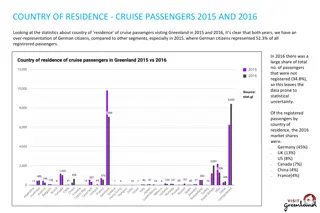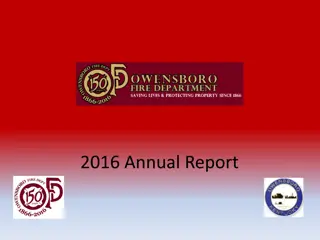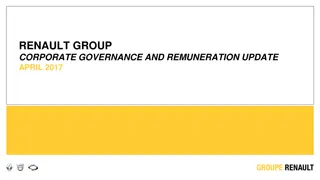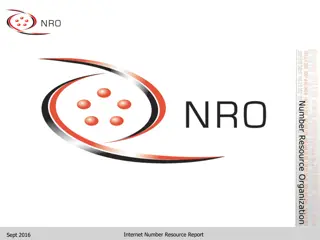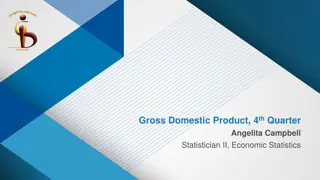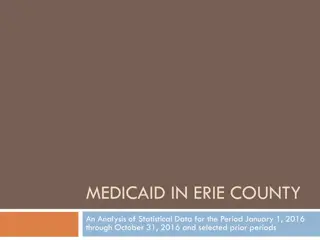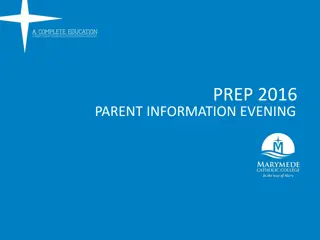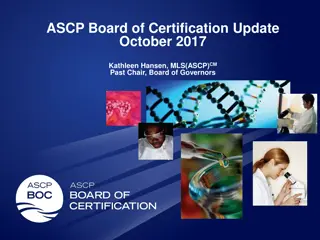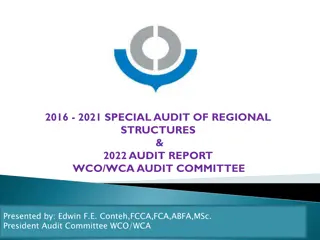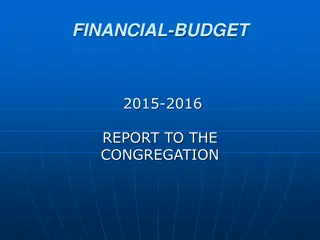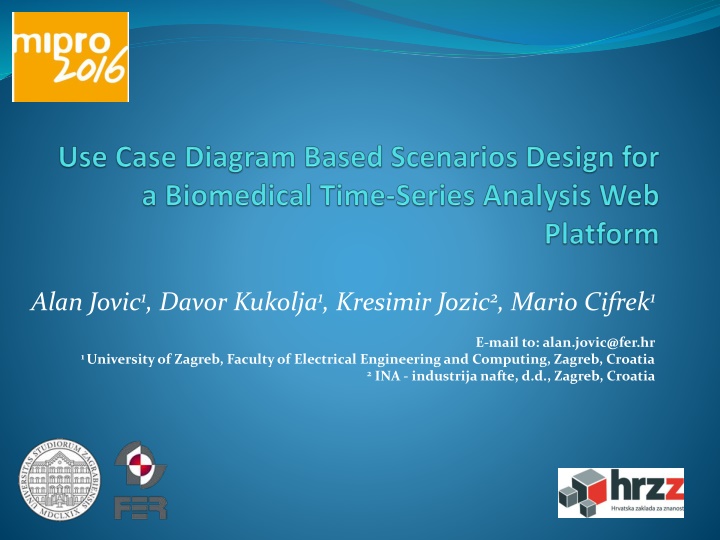
Developing a Web-Based System for Automatic Classification of Human Body Disorders
In the field of web-based telemedicine, there is a growing need to reduce healthcare costs and improve access to quality healthcare. This project aims to develop a system that automates the classification of human body disorders based on the analysis of biomedical signals. The system requirements include integrative software solutions, visualization capabilities, feature extraction, machine learning algorithms, and results reporting in various formats. The project involves a multidisciplinary approach combining medical expertise, user input, and advanced technologies.
Download Presentation

Please find below an Image/Link to download the presentation.
The content on the website is provided AS IS for your information and personal use only. It may not be sold, licensed, or shared on other websites without obtaining consent from the author. If you encounter any issues during the download, it is possible that the publisher has removed the file from their server.
You are allowed to download the files provided on this website for personal or commercial use, subject to the condition that they are used lawfully. All files are the property of their respective owners.
The content on the website is provided AS IS for your information and personal use only. It may not be sold, licensed, or shared on other websites without obtaining consent from the author.
E N D
Presentation Transcript
Alan Jovic1, Davor Kukolja1, Kresimir Jozic2, Mario Cifrek1 E-mail to: alan.jovic@fer.hr 1 University of Zagreb, Faculty of Electrical Engineering and Computing, Zagreb, Croatia 2INA - industrijanafte, d.d., Zagreb, Croatia
CONTENT Motivation & goal Methodology A. System requirements B. UML use case based modeling C. System architecture Conclusion Current progress 2/11
Motivation & goal In recent years, the field of web-based telemedicine, has been rapidly evolving: The need to reduce the cost of healthcare expenditure in developed countries To facilitate access to a better healthcare 1) 2) Hard problem of efficient time-series features identification1,2 Goal: developmentof a web-based system for automatic classification of human body disorders based on the analysis of biomedical signals 1B. D. Fulcher, M. A. Little, and N. S. Jones, Highly comparative time-series analysis: the empirical structure of time series and their methods, J. Roy. Soc. Interface, vol. 10, p. 20130048, April 2013. 2A. Jovic and N. Bogunovic, Evaluating and Comparing Performance of Feature Combinations of Heart Rate Variability Measures for Cardiac Rhythm Classification, Biomed. Signal Process. Control, vol. 7 no. 3, pp. 245 255, May 2012 3/11
System requirements (1/2) Integrative software solution for the analysis of multivariate heterogeneous biomedical time-series Implemented as a web platform Software logic layer on the server written in Java Interface towards the user implemented with web development technologies (HTML5, CSS3, TypeScript...). Multiple input file formats: European data format (EDF) and EDF+, textual format for signals and annotations, images formats, meta-data 4/11
System requirements (2/2) Visualization of signals in 2D (records inspection) and specific body disorders in 3D using graphical hardware Time-series preprocessing, such as signal filtering and data transformations Featureextraction features chosen by: 1) a medical expert system implemented in the platform, 2) an expert user; A large number of features need to be supported by the platform, general and domain-specific Machine learning: featureselection, classification, regression, and prediction algorithms Results reporting in contemporary formats (e.g. PDF). Input data Pre- Feature extraction Machine learning Reporting Visualization processing parallelization 5/11
UML use case based modeling (1/2) The analysis process in the web platform is divided into 8 steps: Analysis type selection Scenario selection Input data selection Records inspection Records preprocessing Feature extraction Model construction Reporting 1. 2. 3. 4. 5. 6. 7. 8. We also consider platform administration and user accounts use case diagrams 1. Analysis type selection 6/11
UML use case based modeling (2/2) 7. Model construction 7/11
Platform architecture Envisioned as a web portal, thin client ease of remote access, wider user base than classical desktop apps Client: Angular 2 for development (TypeScript, JavaScript), HTML5, CSS3, BootStrap, WebGL Server: Java 8, Spring Boot, JPA (e.g. Hibernate), a DBMS (e.g. h2) Client-to-Server connection via RESTful protocol (HTTP(S): POST/PUT/GET/DELETE) Execution improvements: paralellization and modularization 8/11
Conclusion Early stage report of the work on an innovative web platform for biomedical time-series analysis We have shown the requirements and architecture needed to support the development The near-future focus will be the implementation of simple analysis scenarios, probably for a single biomedical time-series (e.g. ECG or EEG) 9/11
Current progress Database architecture is defined, models are mostly implemented h2 DBMS is used Data input and signal processing framework is under development The algorithms from HRVFrame1and EEGFrame2are refactored and verified, new algorithms are added Secure authentication is being tested 1A. Jovic, N. Bogunovic, and M. Cupic, Extension and Detailed Overview of the HRVFrame Framework for Heart Rate Variability Analysis, in: Proceedings of the Eurocon 2013 Conference. 2A. Jovic, L. Suc, and N. Bogunovic, Feature extraction from electroencephalographic records using EEGFrame framework, in: Proceedings of the MIPRO 2013 Conference. 10/11
Thank you! Questions? This work has been fully supported by the Croatian Science Foundation under the project number UIP- 2014-09-6889: A software system for parallel analysis of multiple heterogeneous time series with application in biomedicine (MULTISAB) 11/11

